10 Best Strength Training Exercises for Women Over 40
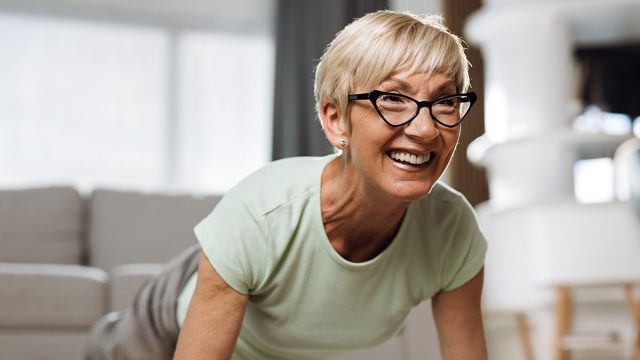
Are you over 40 and aren't sure what exercises to do? Celebrity trainer Jenna Willis (aka Camila Cabello's fitness guru) is filling us in on the exact strength training moves you need to do. The trainer, who is currently working with Bravolebrities Lala Kent and Kristen Doute and will be featured in the upcoming season of Bravo's The Valley, premiering April 15, uses these moves with her star clients. "This workout will target their whole body and help them build strength without a lot of impact," she says abo9ut the body-weight only exercises perfect for doing at home. She recommends doing each exercise for 10 to 15 reps and completing three rounds.
Squat Pulse with Calf Raise
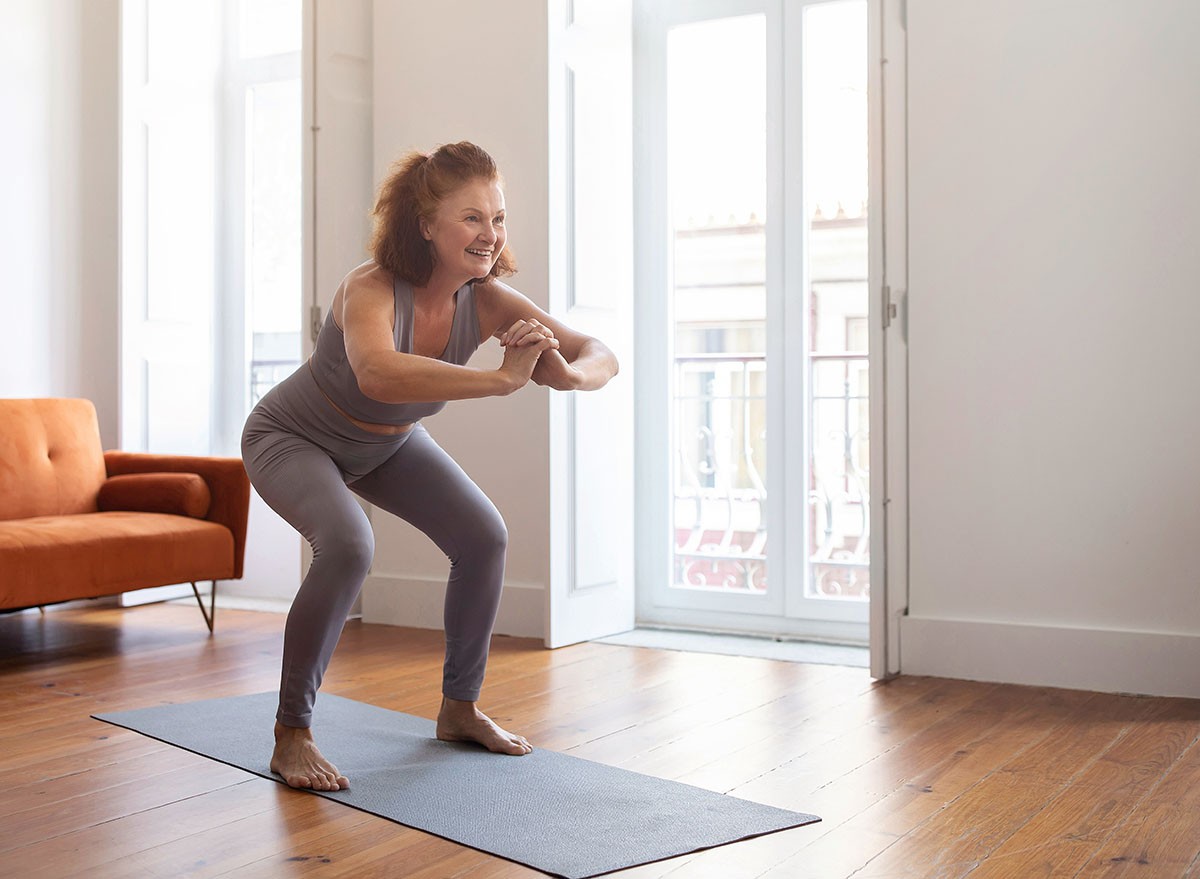
- Stand feet hip-width apart.
- Sit back hovering above a chair (or in the air).
- Pulse up a little while holding your bodyweight.
- Sit back in a chair (or a little deeper in the air)
- Stand up without using your hands, then rise onto your toes (calf raise).
- Lower back down and repeat.
Wall Angel Squats
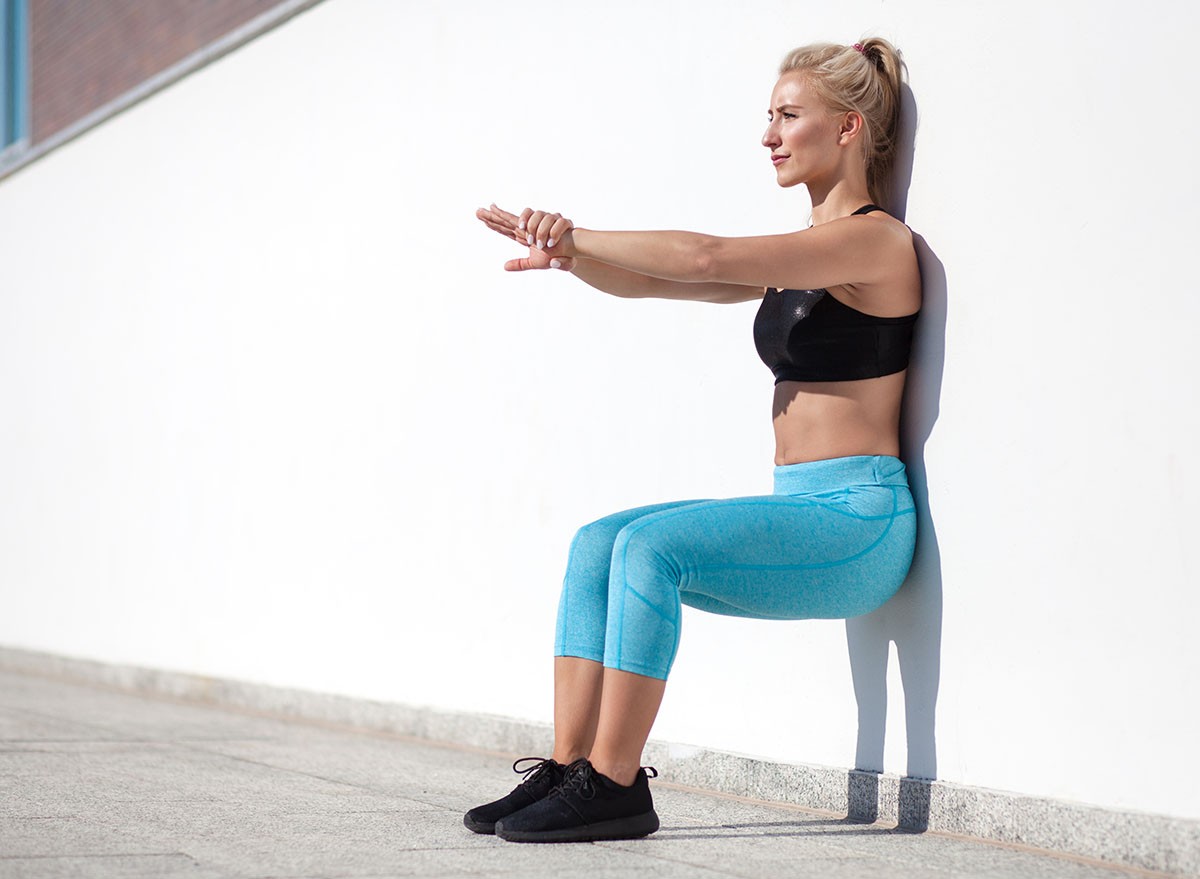
- Stand against a wall, lower into a squat.
- Raise arms overhead, keeping them against the wall (only raise your arms as high as they can go with remaining on the wall. This is a great exercise to gauge growth and help with your posture by tracking how high your hands get in time).
- Lower arms back down and repeat.
Aquawomans
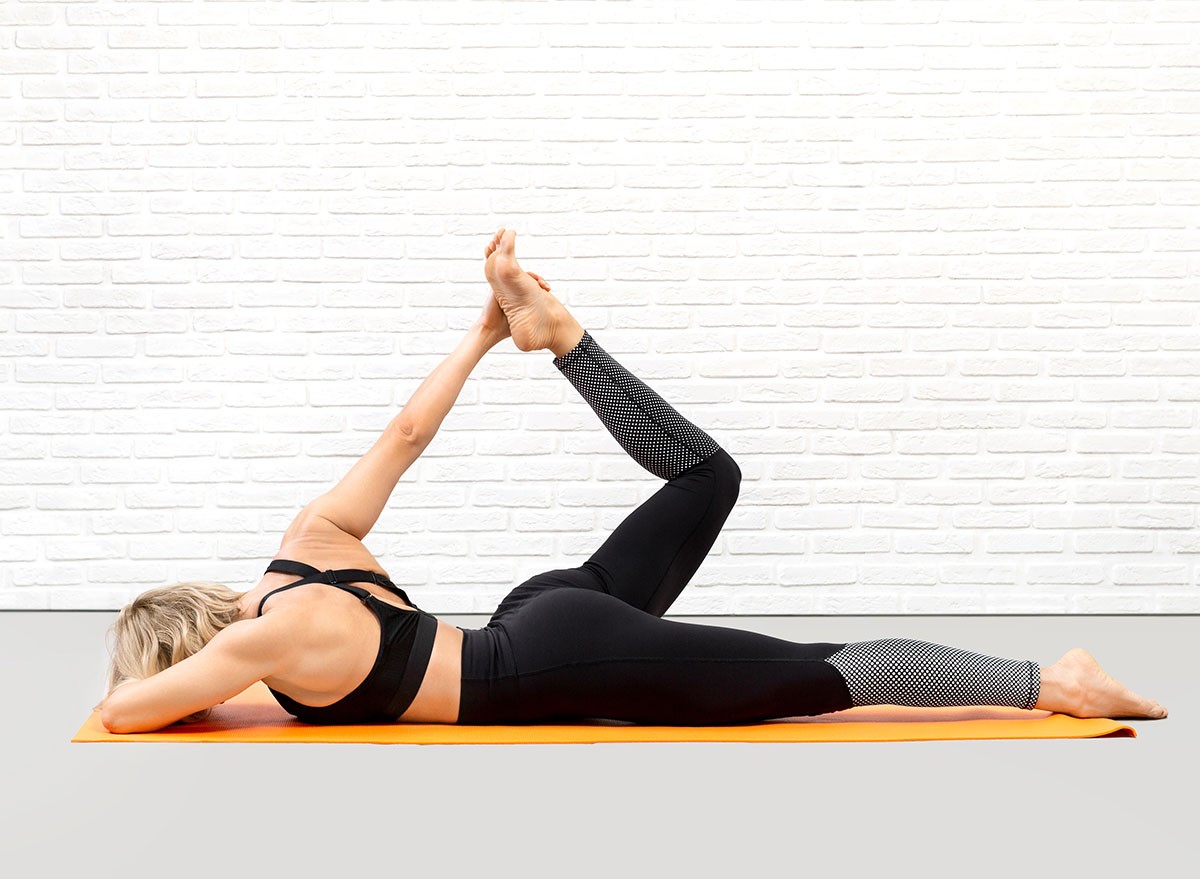
- Lie on your stomach, one arm extended over head, other arm by your side
- Lift chest, the extended arm and opposite leg slightly (keeping glute engaged).
- Relax back down. Complete one side and switch sides.
Plank Shoulder Opener (Can drop knees to ground and do assisted plan)
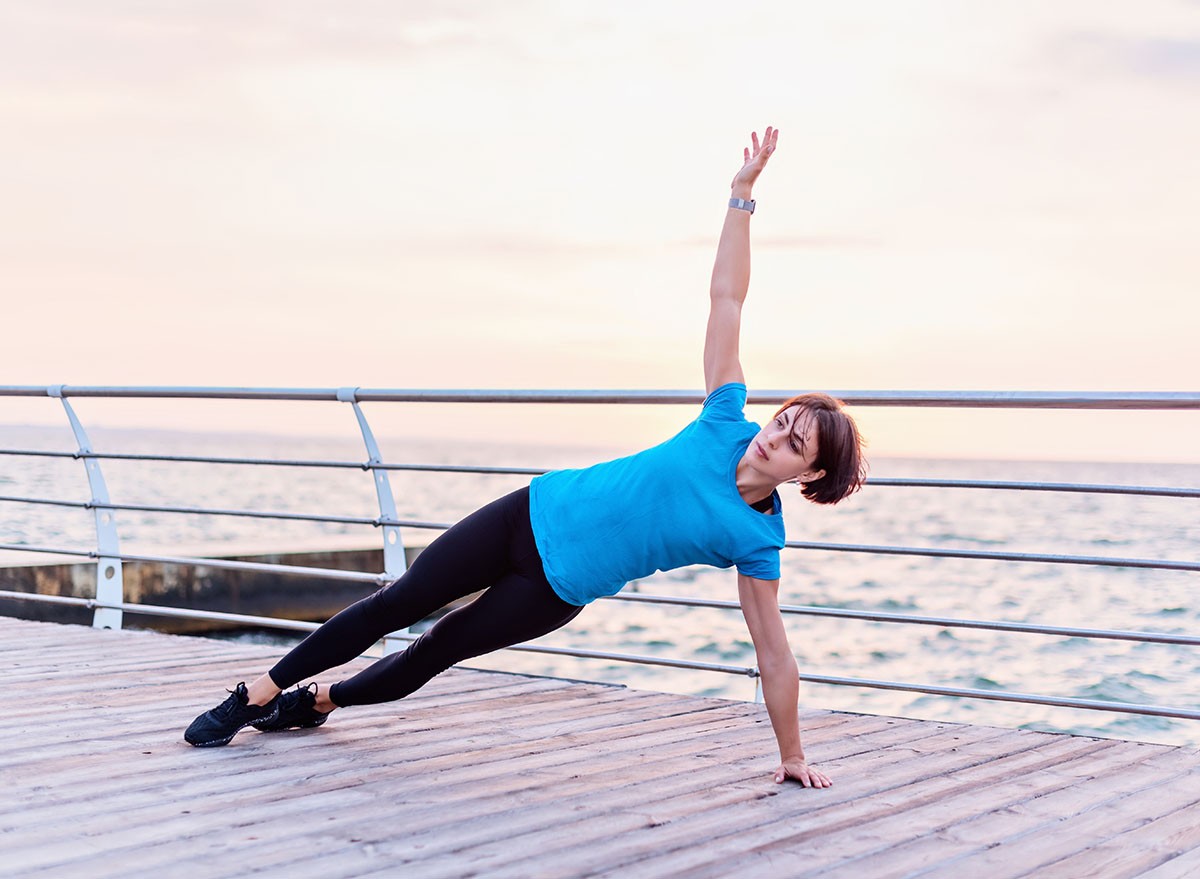
- Get into a high plank position
- Take one hand, reach to the sky, slightly rotating hips open, place hand back on ground.
- Repeat on other side
Side-Lying Leg Circles
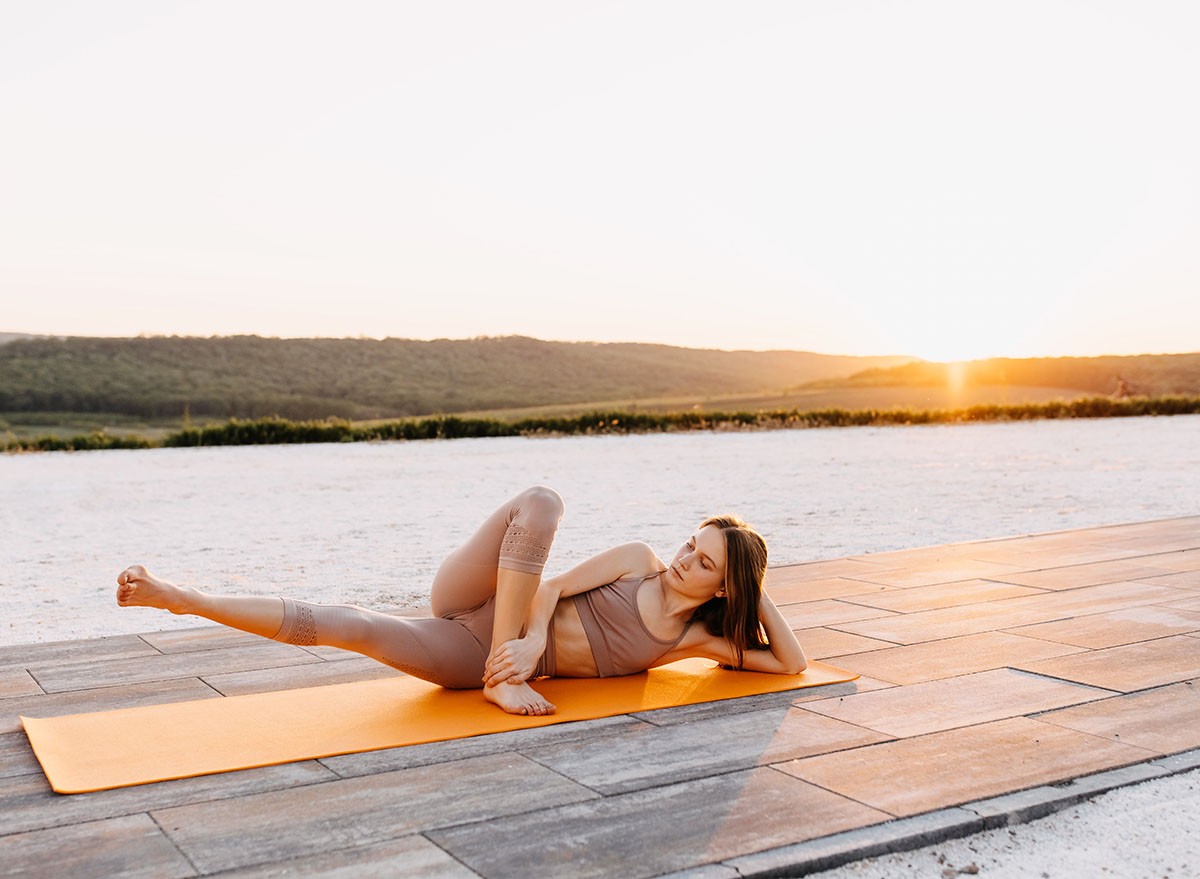
- Lie on one side, top leg folded over bottom, with bottom leg extended.
- Make small circles by lifting your heel off the ground with the lower straight leg.
- Switch sides and be sure to do circles in both directions
Sphinx Push-Ups
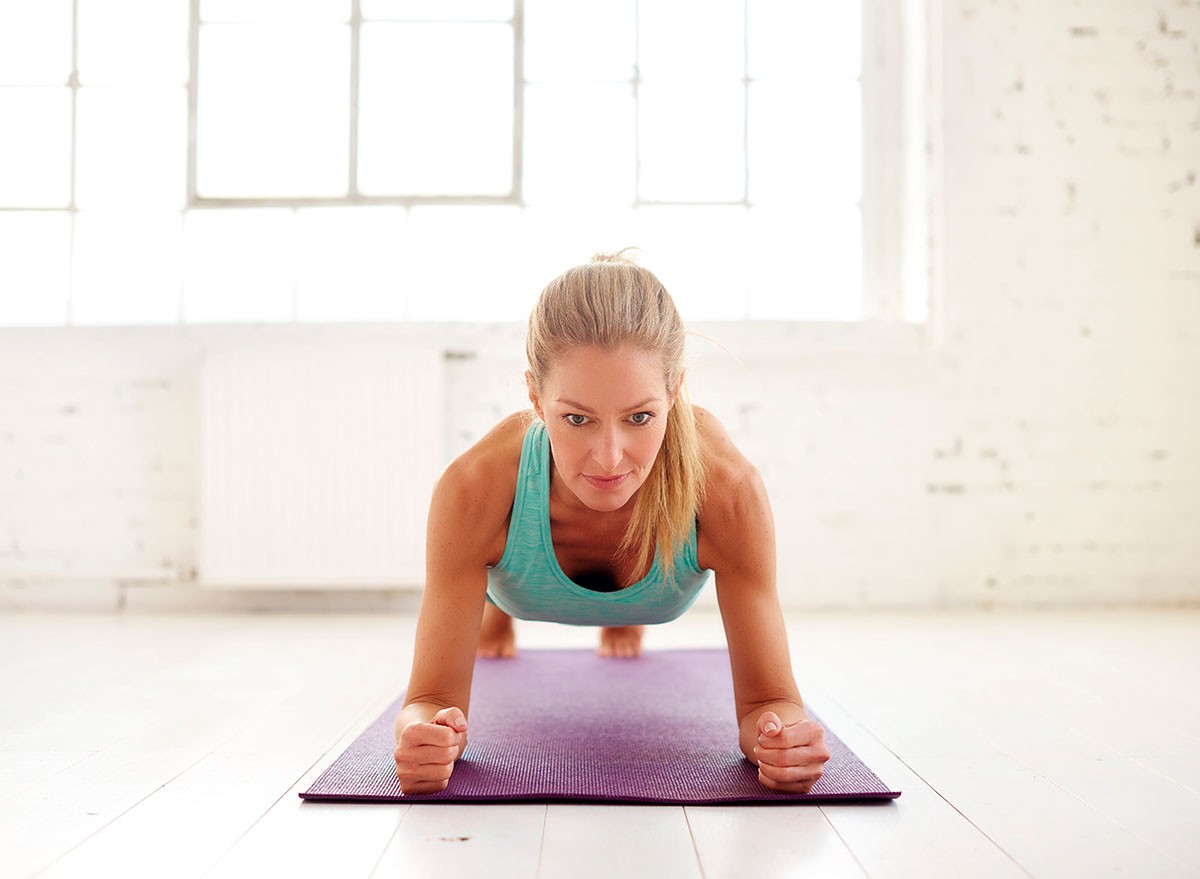
- Lie on your stomach, forearms on the ground.
- Push up into a forearm plank, then lower back down (be sure to lift your core in one straight go, don't want to peel like a banana).
Curtsy Lunge Reverse Lunge to High Knee
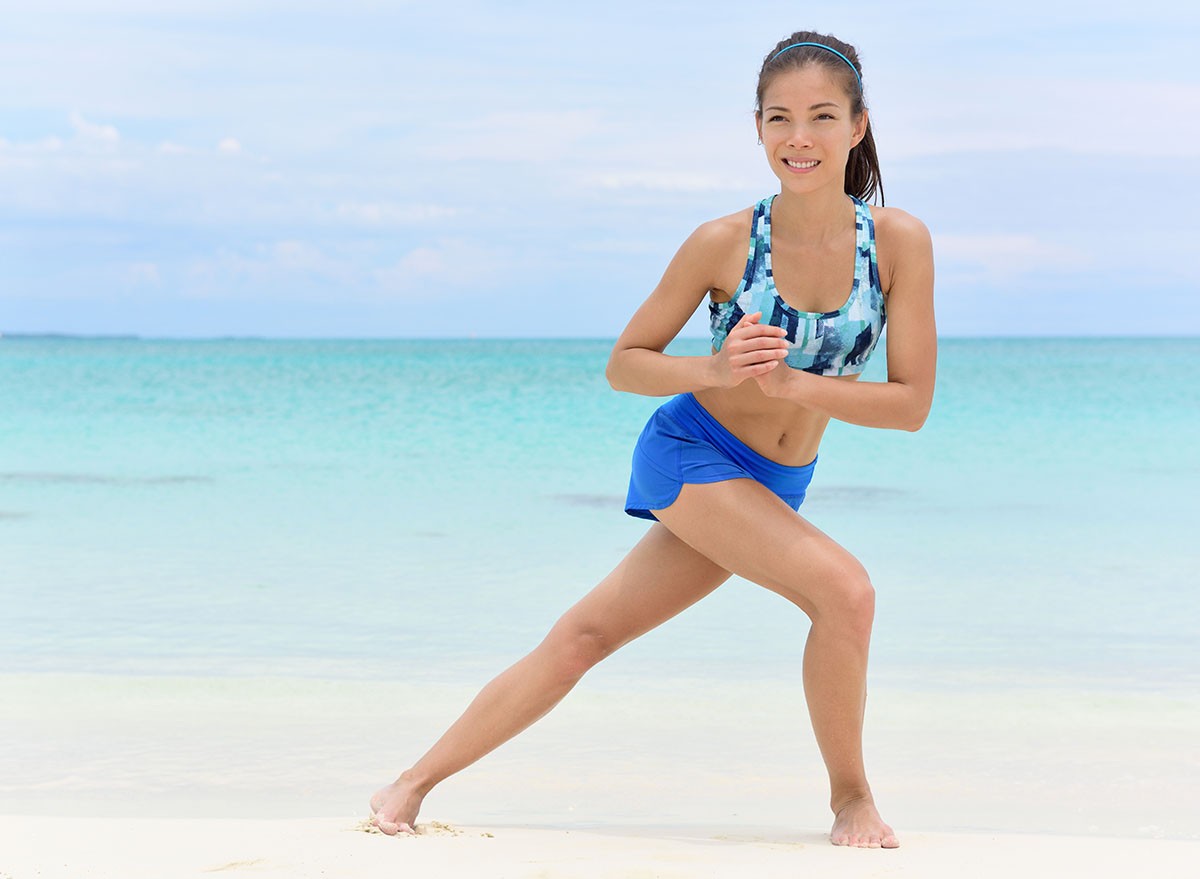
- Step one leg diagonally behind you into a curtsy lunge.
- Step leg immediately into reverse lunge.
- Push back up, driving the knee forward to standing on one leg with a high knee.
- Switch sides.
Glute Bridge March
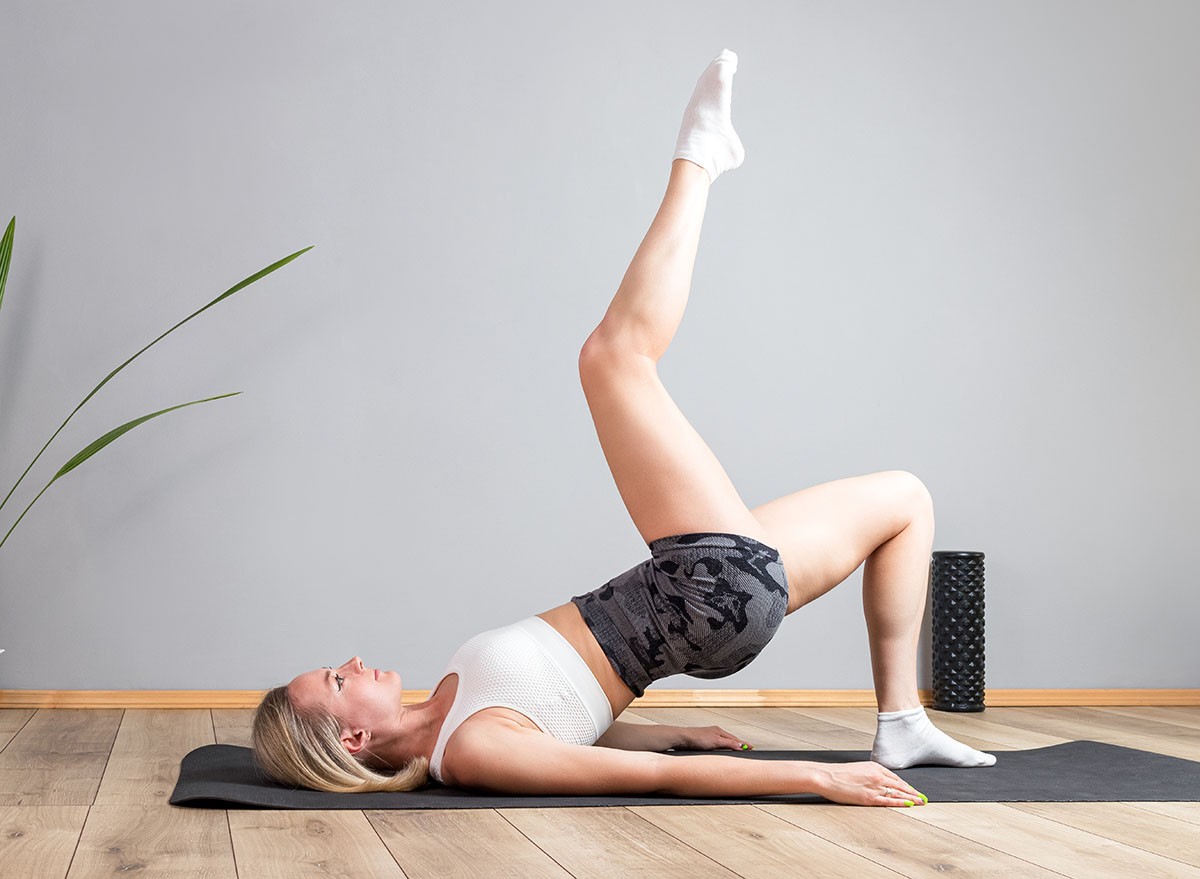
- Lie on your back, feet flat, lift hips into a bridge.
- Lift one foot off the ground, keeping hips up and even, then switch feet.
Standing Windmills
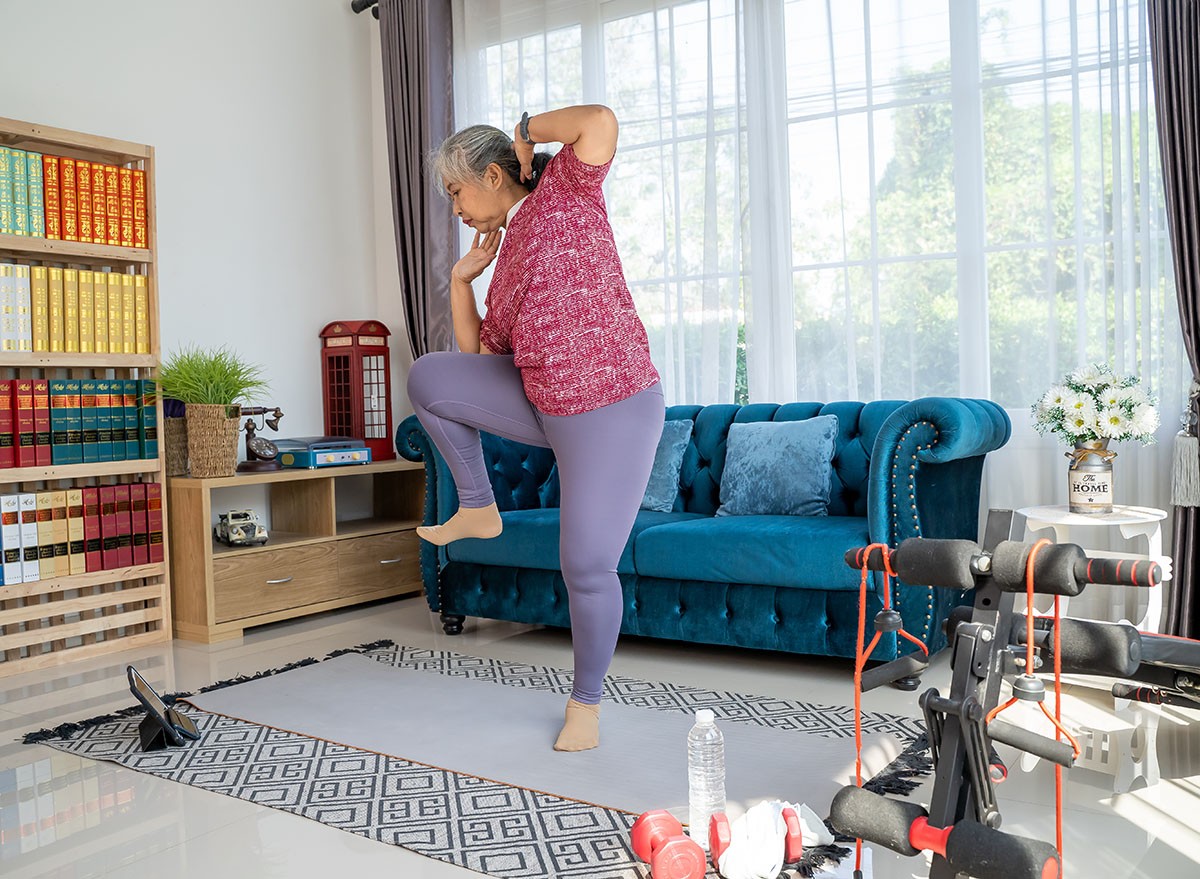
- Stand in a sumo stance position (feet facing 45 degrees out).
- Place hands up at your head, elbows extended to the side.
- Lean to the right to tap the right elbow to the right thigh (keeping chest upright).
- Return to standing and switch sides.
Full or Modified Side Plank with Reach-Through
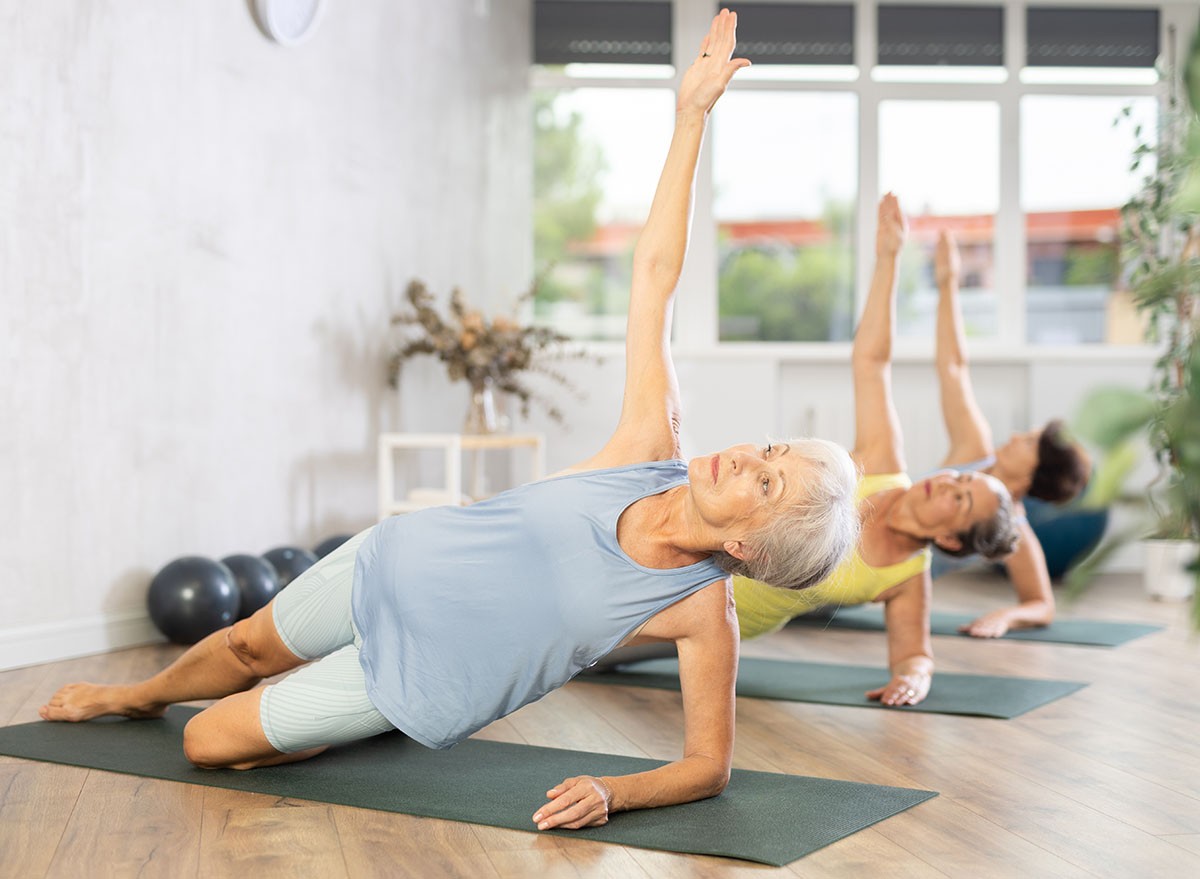
- Get into a side plank on your elbow (modified by keeping one knee down).
- Reach the top arm under your torso, then extend it back up.
And if you enjoyed this article, don't miss 12-3-30 Walking Method: 20 Proven Tips to Lose Weight Faster.




